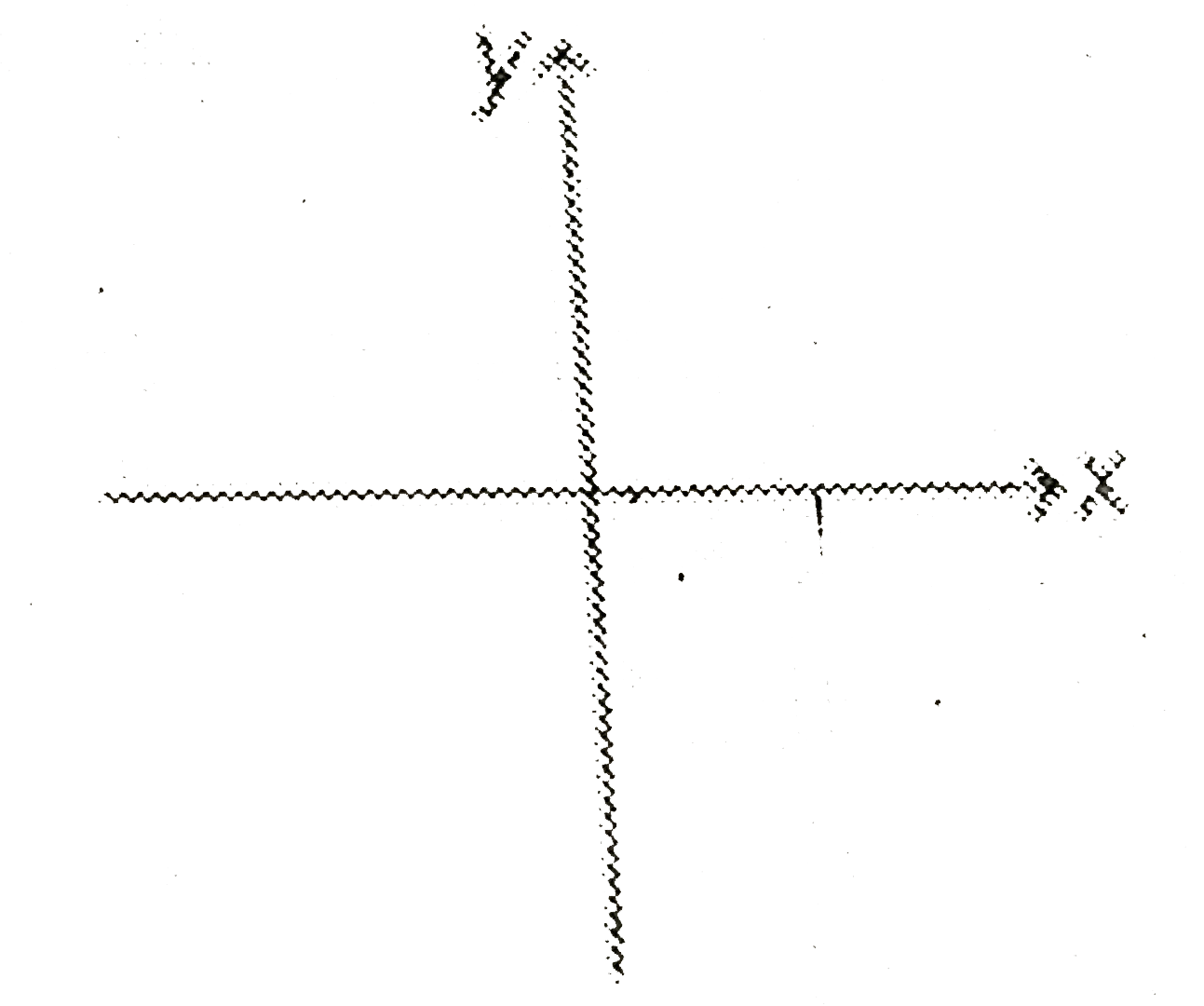Equations y=2Acos2ωtandy=A(sinωt+√3cosωt) represent the motion of two particles.
A
Only one of these is S.H.M
B
Ratio of maximum speeds is 2 : 1
C
Ratio of maximum speeds is 1 : 1
D
Ratio of maximum accelerations is 1 : 4
Text Solution
The correct Answer is:C
|
Topper's Solved these Questions
- SIMPLE HARMONIC MOTIONBOOK - MOTIONCHAPTER - SIMPLE HARMONIC MOTIONEXERCISE - EXERCISE -1 (Objective Problems | NEET) SECTION - C Energy of Particle In S.H.M
8 Videos
- SIMPLE HARMONIC MOTIONBOOK - MOTIONCHAPTER - SIMPLE HARMONIC MOTIONEXERCISE - EXERCISE -1 (Objective Problems | NEET) SECTION-D Spring System and Spring Pendulum
4 Videos
- SIMPLE HARMONIC MOTIONBOOK - MOTIONCHAPTER - SIMPLE HARMONIC MOTIONEXERCISE - EXERCISE -1 (Objective Problems | NEET) SECTION-A BASIC TERMS AND DEFINITION OF S.H.M
9 Videos
- SEMI CONDUCTOR AND LOGIC GATESBOOK - MOTIONCHAPTER - SEMI CONDUCTOR AND LOGIC GATESEXERCISE - EXERCISE 3
34 Videos
- SIMPLE HARONIC MOTION BOOK - MOTIONCHAPTER - SIMPLE HARONIC MOTION EXERCISE - EXERCISE -4 (Leve-II) [ JEE 2011]
11 Videos
Similar Questions
Knowledge Check
Equations y = 2 A cos2ωt and y = A(sinωt+√3cosωt) represent the motion of two particles.
AOnly one of these is S.H.MBRatio of maximum speeds is 2 : 1CRatio of maximum speeds is 1 : 1DRatio of maximum accelerations is 1:4The motion of a particle is given by x=Asinωt+Bcosωt. The motion of the particle is
Anot simple harmonicBsimple harmonic with amplitude A + BCsimple harmonic with amplitude (A+B)2Dsimple harmonic with amplitude √A2+B2The motion of a particle is given by
y=asinωt+bsinωt
The motion of the particle isAnot a S.H.M.BS.H.M. with amplitude (a + b)CS.H.M. with amplitude (a+b)/2,DS.H.M with amplitude √a2+b2
The function x=Asin2(ω)t+Bcos2(ω)t+Csin(ω)tcos(ω)t represent (SHM) for which of the option(s).
View SolutionA xandy co-ordinates of a particle are x=Asin(ωt)andy=Asin(ωt+π/2). Then, the motion of the particle is

View SolutionA particle is acted simultaneously by mutually perpendicular simple harmonic motion x=acosωt and y=asinωt. The frequency of motion of the particle will be
View SolutionThe function x=Asin2(ω)t+Bcos2(ω)t+Csin(ω)tcos(ω)t represent (SHM) for which of the option(s).
View SolutionA particle move along y-axis according to equation y+3+4cosωt. The motion of the particle is
View Solution
